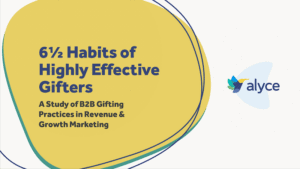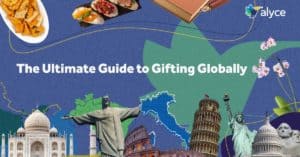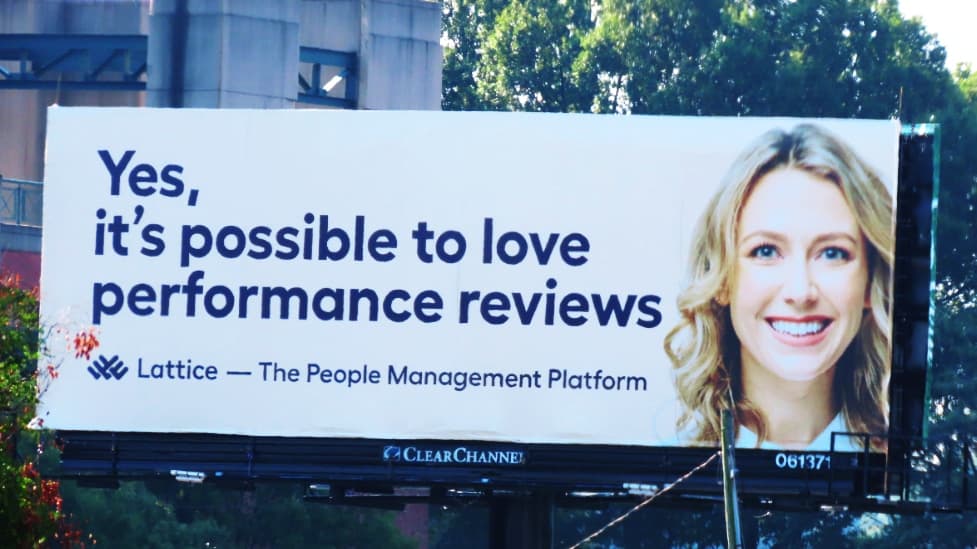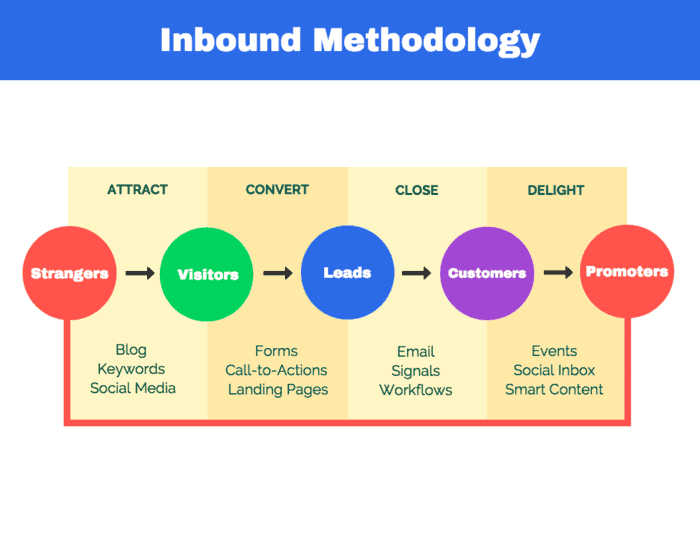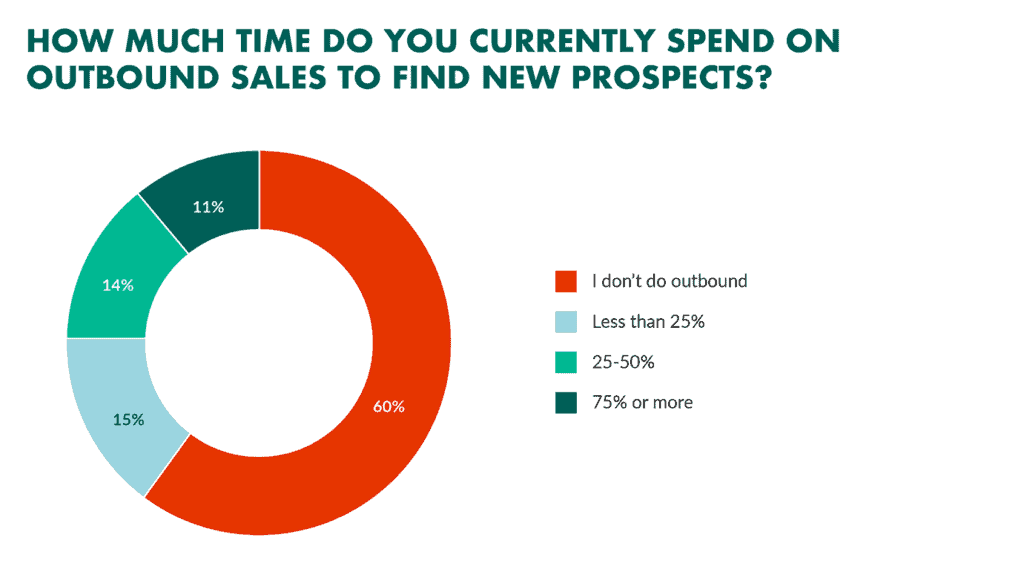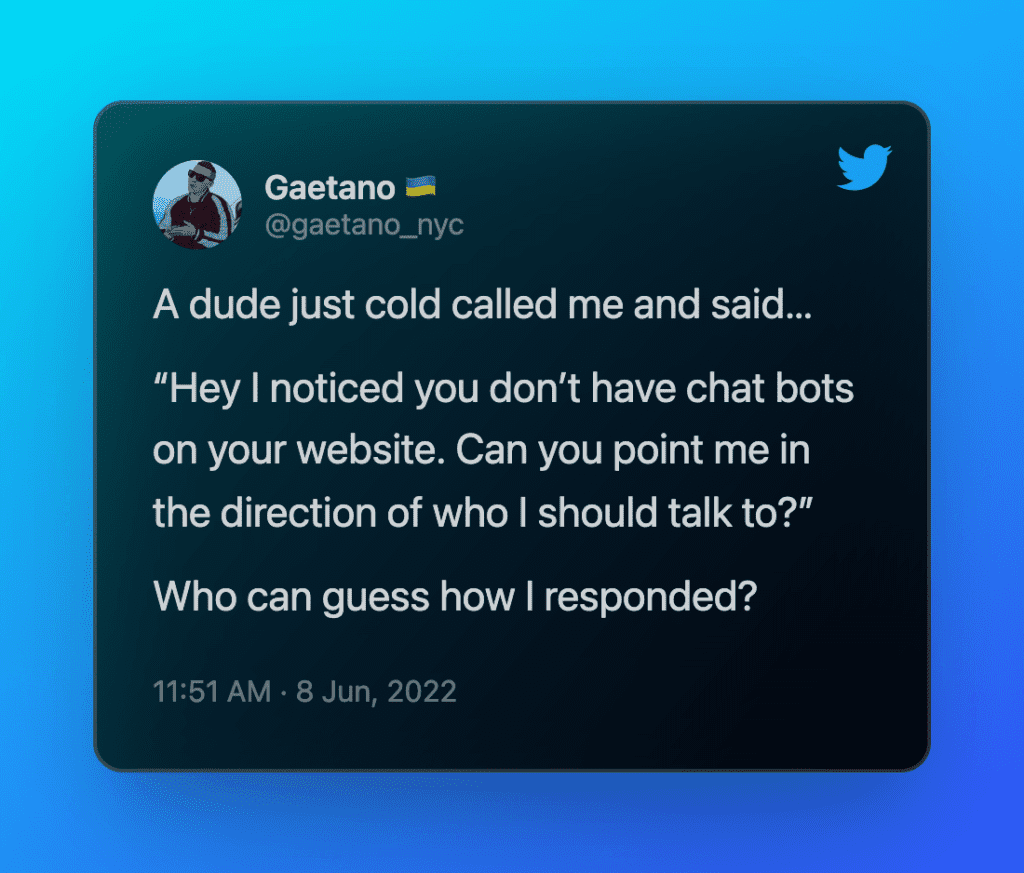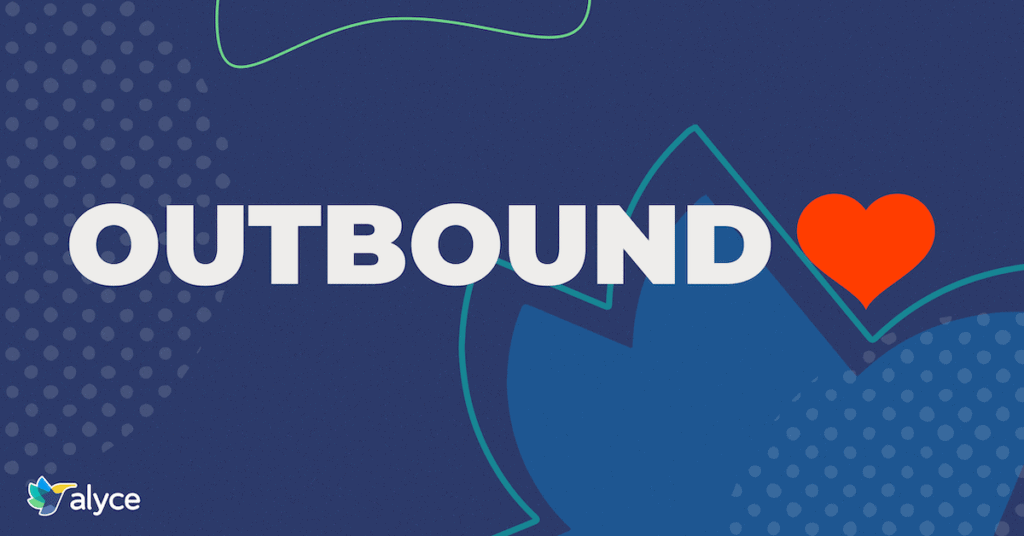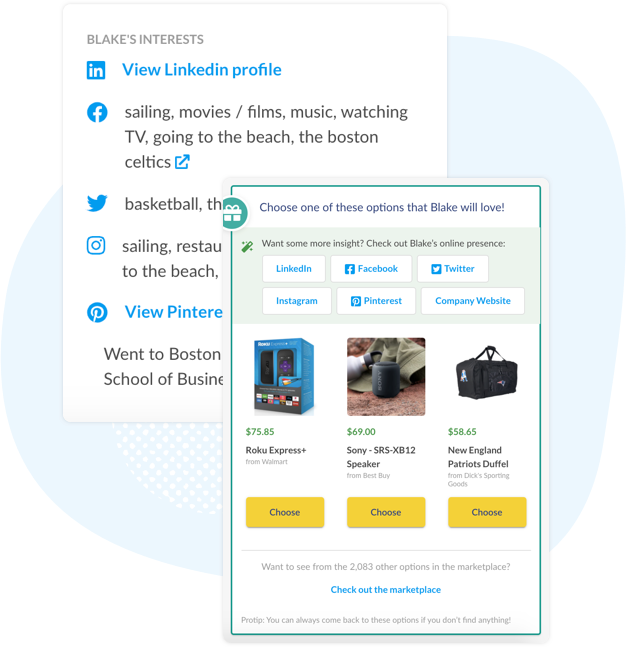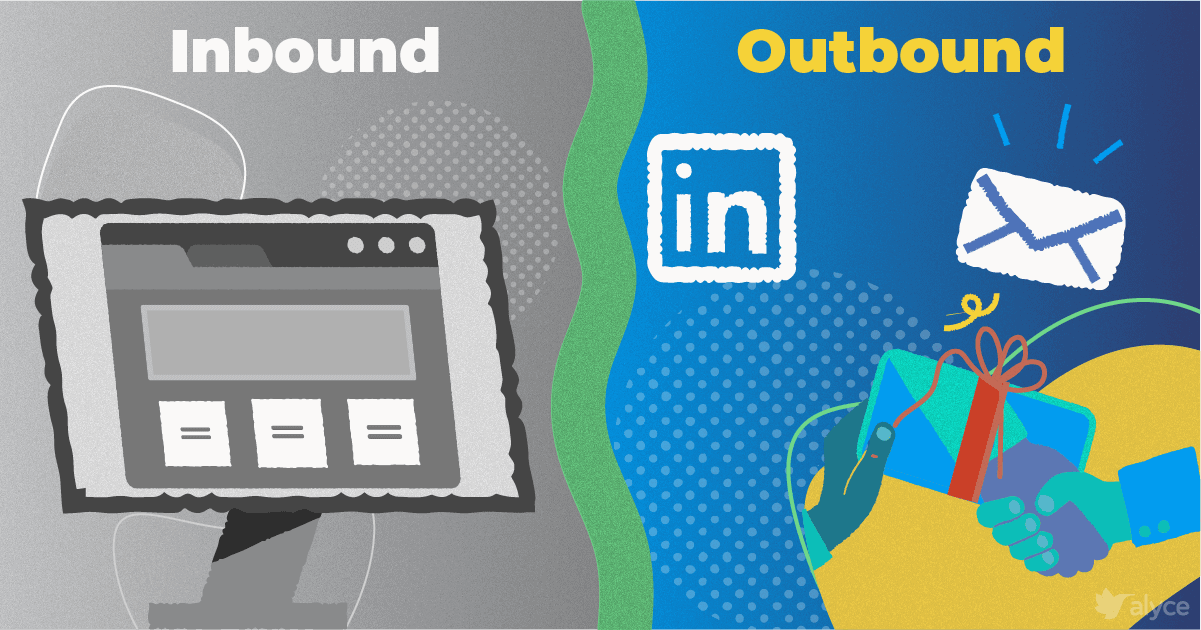
As business leaders scale marketing efforts, they must decide whether to invest in an inbound or outbound marketing strategy. In the last decade, inbound marketing became the magic pill to solve every business’s lead generation gap.
Few will admit that a noticeable shift has occurred: the effectiveness of inbound marketing has faded.
People have grown suspicious of any lead magnet, ebook, or webinar landing page. It’s harder today for B2B companies to attract and convert their target audience.
A joint study by Forrester and Clari showed that over 85% of revenue teams regularly miss goals.
On the other side of the spectrum, sales and marketing leaders discovered they do not need gated marketing content to hit their targets. They fell in love with outbound tactics without realizing it.
But “crappy outbound” strategies, which cast a wide net of impersonal telemarketing-style cold calls, intrusive banner ads, and generic emails — have made decision-makers distrustful of brands.
In this piece, we compare outbound vs. inbound marketing strategies.
We show you that outbound marketing is not dead, and we explain how to use Outbound Love to improve the results of your outbound and inbound sales channels.
Outbound Marketing Strategy
An effective outbound marketing strategy focuses on initiating conversations with potential customers, regardless of whether they’ve reached out to your brand.
It’s also known as “push” marketing because it casts a wide net of prospects in the hope that a few will show interest. Examples include cold-calling, direct mail, billboards, social media advertising, and PPC (pay-per-click) ads.
For decades, outbound was the most well-established, primary form of marketing.
Things have changed over the years. Outbound is all about effectively targeting effectively, which is becoming harder in today’s saturated market.
Let me ask you two questions:
How many cold emails did you get this week?
How many did you reply to?
Most of the time, these messages meet their fate in the spam folder before a decision-maker ever receives them.
Marketing teams compensate by increasing outbound “touches,” burning budget and driving down conversions.
Outbound marketing is all about starting a conversation with a potential client. More often than not, the door swings shut in your face before you have a chance to make a connection.
Another way to increase brand awareness is to invest in billboards. Alex Kracov led the marketing for Lattice in 2019. He shared his experience after spending $500,000 on an outdoor advertising campaign. At the time, Lattice needed to stand out in the people management category.
“Billboards help startups do Jedi mind tricks with their audience. This dynamic helps drive sales and attract investors,” said Kracov. “As companies scale, the purpose of outdoor advertising shifts to increasing brand frequency. Most people are not ready to buy your product. So, it’s important that you stay top of mind. When they are ready to buy, you want them to think of you.”
But when potential customers are exposed to over 10,000 ads daily, how are you supposed to stand out?
🔥 7 Winning Examples of Outbound Marketing + Techniques →
Inbound Marketing Strategy
HubSpot came on the scene in 2006, along with the advent of inbound marketing. Inbound marketing is a content-heavy type of marketing that draws customers in to interact with your brand.
The idea is simple. Produce quality content that’s worth signing up for. Sounds easy.
Inbound hinges on content publishing, such as blog posts, infographics, and video content. It takes energy to concept, develop, design, and publish. Oh, and not to mention, the eventual need to audit your content to maintain website performance and competitiveness.
However, then the real work begins with distribution.
Inbound content distribution depends on organic search to succeed. Early adopter brands like Dialpad succeeded — there’s no doubt about that. If you don’t have an email marketing list, good luck. Oh, you want to drop your free report into paid ads at $50 a click? Yikes.
After a potential customer signs up for your content, you move them into a sales funnel, often assisted by marketing automation.
From there, the methodological sales process begins. Opens and clicks are construed as buying signals. Until someone is ready to discuss pricing or budget, they’re often not ready to speak with a sales team.
Top Inbound Marketing Channels
Search Engine Optimization (SEO): Using buyer personas and keyword research to determine the needs of your target audience, then publishing content that meets those needs. Even with top rankings, you won’t necessarily attract conversion-ready inbound traffic.
Content marketing: “Content is king” is an important proverb in the world of inbound. Part of an effective SEO strategy, content marketing is about creating valuable, relevant content for your target market to build trust (think whitepapers, blogs, case studies, and website content). Almost all brands now have strong content—it has become increasingly difficult to stand out.
Social media: Social media lets you participate in a community of potential buyers. Don’t beeline to a sale or link to your website in every post; instead, provide interesting, engaging content on-platform. Effective social media campaigns build brand awareness by being selfless.
Email marketing: Capitalizing on organic customer interest through newsletter emails. These are not 1-1 sales emails but rather newsletters, content roundups, and promotional emails. Email lists have an expiration date — think about the publishers you signed up for months ago that no longer engage you. Blog subscribers, webinar attendees, and whitepaper requests often get lumped together here.
Diminishing Returns of Inbound
The very success of B2B brands that went all-in on inbound marketing tactics has led to its diminishing returns. It takes significantly more resources today to produce results. In contrast, outbound marketing has largely been overlooked for fear it annoys recipients.
The enthusiasm for inbound is met with a few realities: increased competition, social/search algorithm changes, savvy prospects, and dark social.
If you think inbound marketing sounds like a no-brainer, you are not alone. HubSpot reports that over eight out of 10 marketers actively use inbound content marketing.
Inbound itself is not a problem. In a survey of over 402 sales professionals, over 60% reported that they only used inbound channels.
However, the effectiveness of inbound channels no longer matches the hype. “Create good content, and people will find it” just isn’t true anymore.
Thousands of companies are competing for the same keywords.
New companies are finding it almost impossible to rank on the front page of Google, even when following best practices to the letter.
Low-quality content has eroded consumer trust in value-based content.
Social media content competes with 24/7 breaking news and ever-changing news feed algorithms.
Problem: Uninterested Leads
Brands try (and fail) to build authority through content syndication that lacks expertise or offers little value. Speaking from experience, these “leads” are rarely ready to buy. They may be qualified by some metric, but they otherwise lack interest.
Said differently, there’s a reason why “Asdfg Hjkl” downloaded your e-book. Savvy internet users protect their privacy from a wave of follow-up emails and phone calls.
Here’s an example. Suppose a VP of Marketing is considering a new web platform. They are not going to evaluate six content platforms. However, their direct reports would research potential vendors. They’d aggregate their findings and make a recommendation for their VP to consider. Only then would they hop on a demo call.
Just because a contact has a pulse does not mean they’re ready to buy.
Sales teams that chase every inbound lead are doing themselves a disservice. In most cases, these opt-ins lack authority, budget, or need.
Problem: Content Saturation
Picture the internet as a shopping mall, with each business sporting its own individual storefront.
Inbound marketing sets up attractive window displays that entice shoppers to step inside. Once they’ve crossed the shop threshold, it’s time to make a sale.
But, over the last decade, the internet shopping mall has grown from 100 to 10,000+ storefronts. With inbound as the established form of internet marketing, saturation is at an all-time high.
Published a new company blog post? It must contend with the 5 million blog posts published every day.
Each new tweet can get easily lost in the 900 million others circulating daily.
No matter the quality of your content, there’s no guarantee that your target audience will see it.
It’s becoming increasingly challenging to coax decision-makers to window shop, let alone step inside your storefront.
Problem: Audience Distrust
These days, every startup, small business, or consultant can self-publish a blog or whitepaper or host a webinar.
Artificial intelligence (AI) writing tools can spin up a blog on a topic of your choice in seconds, with little novel ideation. AI writing is becoming dangerously close to passing as original human-created writing.
Becoming a trusted source of information is now much more difficult.
Objectively, there’s a heightened level of scrutiny on content based on questionable claims made throughout the pandemic.
Outbound vs. Inbound Marketing: Time To Revisit?
It’s time to face the music: many inbound strategies are just too late to the game. Inbound is much less effective than it was a decade ago.
Experts provide assurances that “it takes time to show results” from inbound. However, what if the results never come? The content game has evolved, and so too must marketing campaigns.
Peter Caputa IV from Databox shared his candid perspective on the decline of inbound marketing in 2017.
“Unfortunately… It’s. Not. Working. Anymore.
These services aren’t helping agencies grow traffic, leads, and sales for clients in as dependable ways as they once did. Too many marketers are executing this rote set of activities and expecting magic, but getting flat performance charts instead.
Over the last six months, in multiple conversations with long-time, top-performing HubSpot partners and customers, I heard a variation of the same thing: “Inbound marketing doesn’t work anymore.”
He offers sobering advice for today’s B2B marketers.
“And the traditional inbound methodology shouldn’t be thrown out completely. [...] It’s time for inbound marketers to mix it up. There are literally 100s of different ways a company could grow traffic, leads, and sales nowadays. With so many tactics available to us now, it’s not that hard.”
Inbound marketing is only half the battle for brands seeking to raise brand awareness and capture demand. What would you do if a traffic source such as organic search was decimated overnight?
A Better Marketing Strategy
Traditional outbound is invasive, and inbound is no longer effective. So, what’s a savvy marketer to do?
Effective marketing is less about the channels used (inbound vs. outbound) and more about the strategic angle of how it is approached.
HubSpot summed up outbound in its inbound marketing definition: “While outbound marketing interrupts your audience with content they don’t always want.”
Interruption doesn’t have to mean unwelcome.
Surprise birthday parties “interrupt” the guest of honor, who is often delighted. A jarring doorbell ring halfway through your Friday night movie brings joy when you find out it’s a surprise GrubHub delivery.
Impersonal, irrelevant, and thoughtless outbound isn’t effective.
We believe outbound sales and marketing teams can deliver experiences that delight your recipients. If a brand invests in billboards, I hope they also consider more narrowly focused channels.
We’re on a mission to let the world know there’s a better way to do Outbound.
Introducing Outbound ❤️
There’s not going to be a magic bullet marketing channel for converting decision-makers. They’re saturated by content, ads, and outreach 24/7.
If you aren’t a consumer brand like Coca-Cola or Nike, why are you mass marketing like them?
It’s time to toss out the traditional marketing playbook: the answer is not casting a wider net. Instead, find a way to turn any B2B marketing channel into a personal experience.
What Is Outbound Love?
Outbound Love places personal connection front and center in outbound campaigns.
This form of outbound marketing focuses on the recipient as a whole person. Your target decision-maker may watch the Food Network on Sundays, love science podcasts, or be a green belt Brazilian jiu-jitsu practitioner.
Create an outbound experience that focuses on who they are outside their job title. Aim to be personal, not personalized. Anyone can swap out the name field on a cold email or make a quick remark on the recipient’s recent Linkedin post.
The three pillars of Outbound Love are to make it personal, relevant, and thoughtful.
- Personal: Create an experience tailored to the recipient’s individual interests.
- Relevant: Consider the stage of the relationship to ensure the timing is right.
- Thoughtful: Prioritize the impact on the recipient, such as cultural norms and respect.
Take cold emailing, a popular tactic for modern outbound. Outbound Love emailing makes the experience about the recipient rather than trying to coax them into a sales meeting.
Here are a few ways to include Outbound Love in your next outreach email:
- Make it about them: How can you make the recipient’s job easier? Do you have a neat template or tool they can use to impress their boss?
- Keep it short and sweet: No need for a lengthy message. Be upfront about the value you offer and provide a clear call to action. Show that you respect the recipient’s time.
- Be generous: Provide value to the recipient with no strings attached, such as a gift. Show that you’re willing to invest in the relationship from the outset.
Gifts Simplify Outbound Marketing
A powerful tool for creating outbound love is corporate gifting. Gifting gives you a pathway to relate to a person’s interests — not merely their job title.
It provides value to the recipient right out of the gate and shows that you care about their experience over simply chasing a sale.
Here’s an example:
Let’s say you’re crafting a cold email to a target prospect. You peek at their Linkedin profile. Scanning past the company updates, you notice they’ve posted about their new ceramic pour-over coffee maker.
When sending that email, you include a gifting link to mail the recipient a shipment of locally roasted coffee beans to use with their new coffee maker.
The prospect is surprised, delighted, and more willing to hear what you have to say.
By focusing on recipient-first outreach, marketing teams can make outbound loved rather than hated.
Outbound Love (Actually) Works
Strategies like gifting or swag can amplify your existing marketing channels, bringing personal relevance and thoughtfulness to the buyer’s journey.
We’ve found that Outbound Love increases conversion rates by 10x. B2B technology company, 6sense, achieved a 5x ROI using the Outbound Love methodology. It’s an effective way to cut through the noise of saturated channels, facilitating personal connections.
🛠️ Related: 4 Must-have Gifting Campaigns To Use With 6sense
Benefits of the Outbound ❤️ Methodology
1) Become attuned to audience needs
Outbound Love builds relationships with your audience over typically impersonal transactions. Create a customer more likely to respond to surveys, share their challenges, and add fidelity to your buyer persona.
2) Improves the sales team’s effectiveness
Imagine a world without the dreaded “breakup email” at the end of a sales sequence. Make every interaction worthwhile by focusing on quality over quantity.
3) Increases hand raises from inbound content
Yes, you read that right. Outbound Love can multiply qualified leads from inbound strategies. Provide digital swag or include gifting links for lead actions taken along the buyer’s journey.
Did someone attend a webinar? Download your whitepaper? Send them a gift to collect their feedback and identify where they are in the buyer’s journey. You’ll often get more candid answers this way compared with checking back in six months.
4) Lowers customer acquisition costs
Forget about mindlessly increasing target audience size. Instead, focus your investments on relevant, specific audience interactions. Why give ad networks your marketing budget? Gifting lets you spend your budget where it counts: directly with prospective customers. Rather than ordering a few hundred T-shirts, let them choose the best gift that excites them.
5) Marketing on your own terms:
Achieve independence from costly advertising platforms like Google, Facebook, Twitter, and Bing. Build your customer growth engine on your terms.
Take a look at this matrix that shows some typical inbound and outbound marketing strategies, along with Outbound Love. Which tactic would you implement?
Outbound vs. Inbound Marketing
Which channels will get your message across to a target audience?
The table below outlines the key differences between inbound and outbound marketing channels, along with the cost, effort, and ROI.
| Channel | Cost | Competition | ROI |
|---|---|---|---|
| Blog | $$ | High | Low |
| Webinars | $ | High | Low |
| Outbound Love | $$$ | Low | High |
| Social Media | $ | High | Low |
| Trade Shows | $$$$ | High | Medium |
| Direct Mail | $$ | High | Medium |
| TV/Radio | $$$$ | High | Medium |
| Display Ads | $$ | Low | Low |
| Search Ads | $$$ | Medium | Medium |
| Billboards | $$$$ | Medium | Low |
More Reading: B2B Marketing Channels to Build Your Brand & Drive Sales
Consider the opportunity costs of lacking an effective way to reach an audience.
People must be accessible, receptive, and interested in hearing how you can help them. It’s hard to stand out with the costly “air cover” from display ads.
Performance marketing agencies can also use outbound to engage influencers. By being personal, relevant, and thoughtful, they help clients gain traction among industry leaders one at a time.
Marketing Strategy: Don’t Leave 'Out' Outbound
As leaders scale their brands, it’s time to revisit the commitment to outbound vs. inbound strategies.
Outbound marketing is more than digital marketing ads and ineffective one-size-fits-all outreach. Outbound is all about standing out so your message is worth immediate attention.
Create thoughtful, relevant, and personal experiences through Outbound Love, and connect with prospects in a way that delights them. Become the metaphorical knock of a pizza delivery at your audience’s door.
Gifting is a perfect way to show Outbound Love. It bridges the gap between traditional inbound and outbound strategies.
Scale Your Inbound & Outbound Strategy
We’ve seen the impact of outbound on hundreds of B2B companies firsthand. Our approach to corporate gifting enhances the success of your outbound and inbound marketing campaigns.
Schedule a live demo to see how we can help you cut through the noise.
Imagine customers thanking you for reaching out and sharing excitement over the connection. At Alyce, we make that possible.



